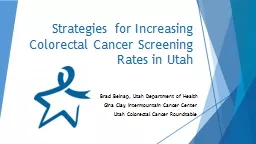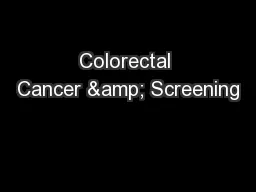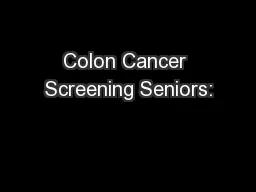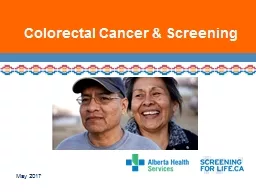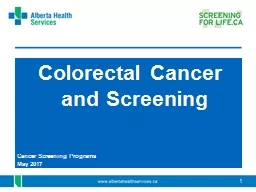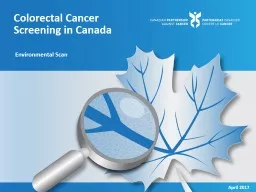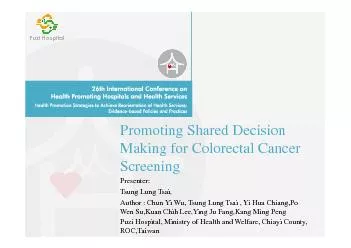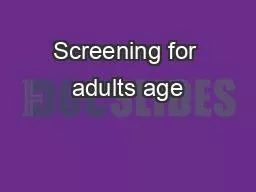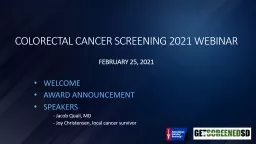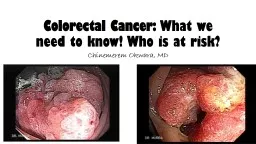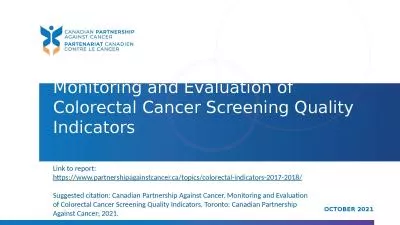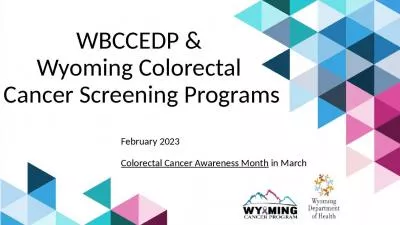PPT-Strategies for Increasing Colorectal Cancer Screening Rates in Utah
Author : briana-ranney | Published Date : 2020-04-09
Brad Belnap Utah Department of Health Gina Clay Intermountain Cancer Center Utah Colorectal Cancer Roundtable Objectives Describe the National Colorectal Cancer
Presentation Embed Code
Download Presentation
Download Presentation The PPT/PDF document " Strategies for Increasing Colorectal Ca..." is the property of its rightful owner. Permission is granted to download and print the materials on this website for personal, non-commercial use only, and to display it on your personal computer provided you do not modify the materials and that you retain all copyright notices contained in the materials. By downloading content from our website, you accept the terms of this agreement.
Strategies for Increasing Colorectal Cancer Screening Rates in Utah: Transcript
Download Rules Of Document
" Strategies for Increasing Colorectal Cancer Screening Rates in Utah"The content belongs to its owner. You may download and print it for personal use, without modification, and keep all copyright notices. By downloading, you agree to these terms.
Related Documents

